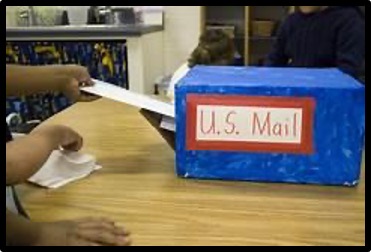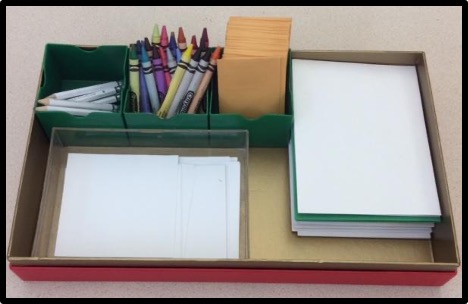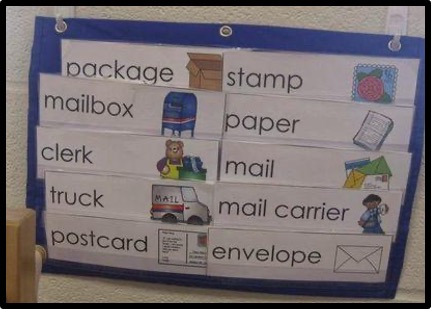Hello hardworking early educators, here is the Literacy Vitamin for the week.
ELA Monthly Pacing Guide: April/May/June
Domain: Oral Language and Vocabulary, Book Knowledge
Children will use nonfiction texts to gather new information.
Children will use new vocabulary in conjunction with Big Ideas and unit concepts.
Teachers will explain and discuss the differences between nonfiction and fiction texts.
Teachers will Introduce and define key vocabulary during classroom discussions and read alouds.
Community helpers as a theme often surfaces this time of year as people like postal workers may be more visible in our community. Children also want to communicate with others using their mark making, drawing, and writing skills. The post office is an accessible and interesting topic to investigate and can be modified for all learners. The Big Idea, a statement or question that frames the exploration, can be:
- How do people communicate with each other?
- We can send messages to share ideas and feelings.
- People communicate in writing.
Setting up a message center in your drawing and writing area is easy and can include:
Materials:
- Postcards
- Stamps (stickers or child-designed)
- Stamp pads and stampers
- Envelopes: various sizes
- Paper: various sizes
- Pencils, crayons, scissors and glue sticks.
- Post office word cards.
- Book about the post office
- A class made or purchased mailbox

Keeping the materials all together in a sturdy box lid makes for easy access and clean up.
Children can write letters to other classrooms, their families, and visit the local post office.


Children love small coin envelopes. Offer vocabulary aligned with The Big Idea and books you are reading as well as key words like “dear” “to” “from”.